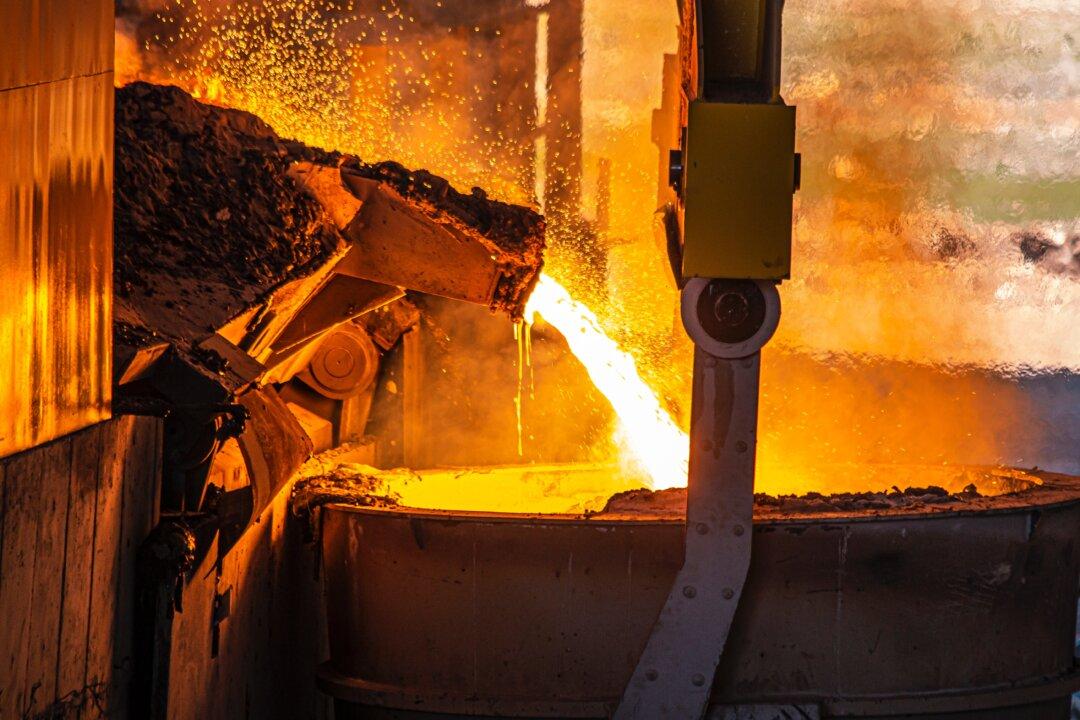Australia recorded its highest account surplus over the June quarter on the back of iron ore exports while domestic economic activity also increased.
The Australian Bureau of Statistics (ABS) released figures on Tuesday that said Australia’s current account surplus increased by $1.5 billion (U.S.$1.1 bn) to a record $20.5 billion (U.S.$15 bn) in the June quarter—the ninth and longest consecutive quarterly accounts increase.





